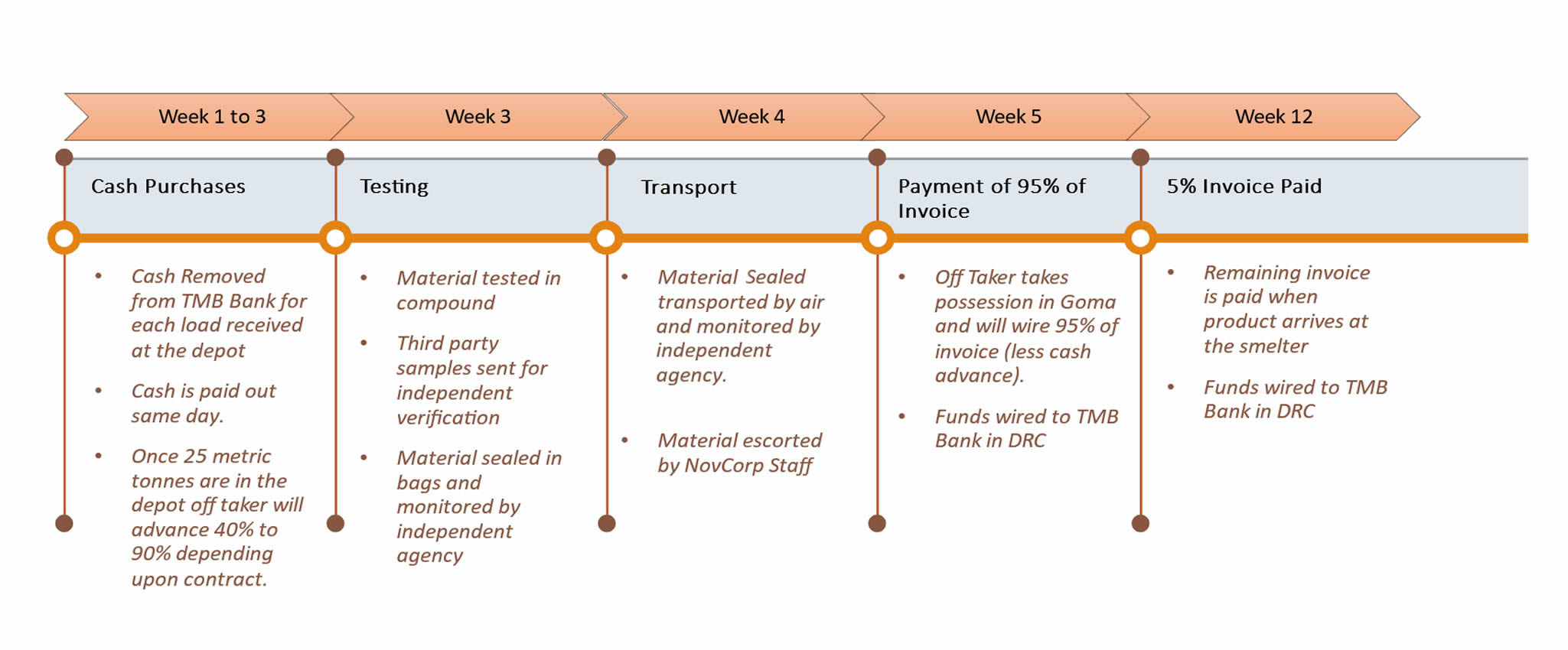
Growing an ethical and socially responsible mineral Trading Company
in the Democratic Republic of Congo
Learn moreThe communities we work with become self-sufficient,
which allows them to generate micro-zones of economic prosperity.
Learn moreThe demand for tin will continue to grow,
driven by the growing use of renewable energy and the expansion of the electronics market.
Learn more









